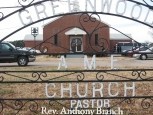
"God Our Father, Christ Our Redeemer, the Holy Spirit Our Comforter, Humankind Our Family" is a great summary of what the African Methodist Episcopal Church believes.
Thank you for taking the time to find out more about Greenwood! Please visit our Ministries & Missions page to discover the many ways in which we strive to serve God, Our Father .
Greenwood AME Church
8005 Donnell Road | Millington, Tennessee | 38053
(901) 829 - 3197
(901) 829 - 3197
Email: greenwoodamechurch@yahoo.com
Copyright. All Rights Reserved. Greenwood AME Church 2013
C. Robert Finch
Presiding Elder of the North Memphis District, West Tennessee Conference
www.northmemphisedistrict.org
Presiding Elder of the North Memphis District, West Tennessee Conference
www.northmemphisedistrict.org
Jeffery Nathan Leath,
Presiding Prelate
128th Elected and Concecrated
Bishop of the African Methodist Episcopal Church
www.13thame.com
Presiding Prelate
128th Elected and Concecrated
Bishop of the African Methodist Episcopal Church
www.13thame.com
Follow us on Facebook
At every level of the Connection and in every local church, the AME Church shall engage in carrying out the spirit of the original Free African Society, out of which the AME church evolved: that is, to seek out and save the lost, and to serve the needy,. It is also the duty of the Church to continue to encourage all members to become involved in all aspects of church training.
The ultimate purposes are: (1) make available God's biblical principles (2) spread
Christ's liberating gospel, and (3) provide continuing programs which will enhance the entire social development of all people.
Christ's liberating gospel, and (3) provide continuing programs which will enhance the entire social development of all people.
In order to meet the needs of every level of the Connection and in every local church, the AME Church shall implement strategies to train all members in: (1) Christian discipleship (2) Christian leadership (3) current teaching methods and materials (4) the history and significance of the AME Church (5) God's biblical principles, and (6) social development to which all should be applied to daily living.
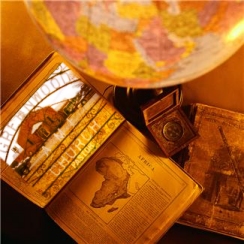
Greenwood AME Church was founded in 1887 in northern Shelby County. This Christian congregation is composed of members ranging from Tipton County to South Memphis.
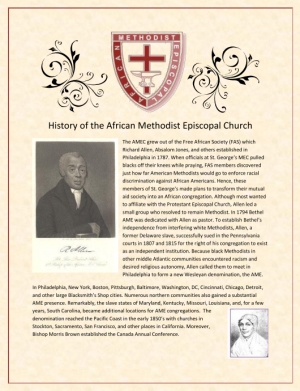
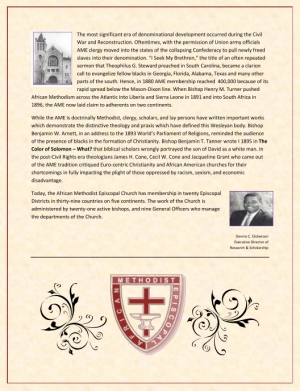
African means that people of African descent and heritage organized the AME church. It does not mean that the church was founded in Africa or that it is for people of African descent only. All people are welcome.
Methodist means that the AME church is a member of the family of Methodist churches. Richard Allen, the founder and its first consecrated Bishop, felt that no religious group or denomination would suit the needs of his people as did Methodism because of its emphasis upon the plain and simple Gospel and its orderly system of rules and regulations.
Episcopal refers to the form of government under which the church operates. The General Conference elects bishops, who in turn make pastoral appointments.
Methodist means that the AME church is a member of the family of Methodist churches. Richard Allen, the founder and its first consecrated Bishop, felt that no religious group or denomination would suit the needs of his people as did Methodism because of its emphasis upon the plain and simple Gospel and its orderly system of rules and regulations.
Episcopal refers to the form of government under which the church operates. The General Conference elects bishops, who in turn make pastoral appointments.
The basic foundations of the beliefs of the African Methodist Episcopal Church are found in The Apostle's Creed and The Twenty-Five Articles of Religion.
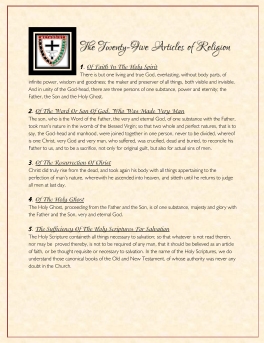
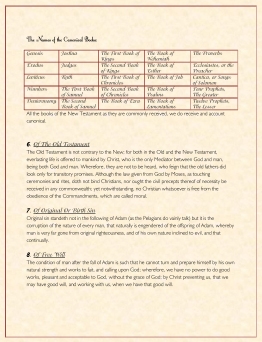
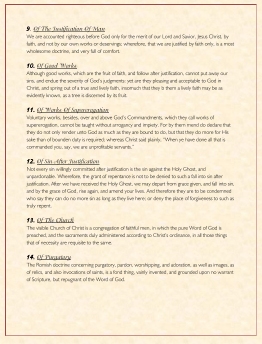
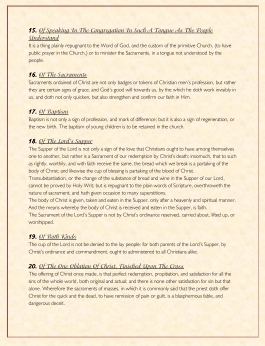
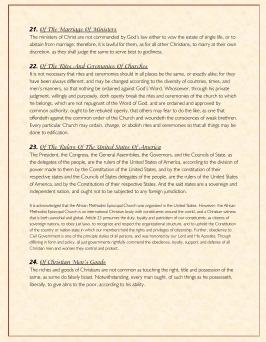
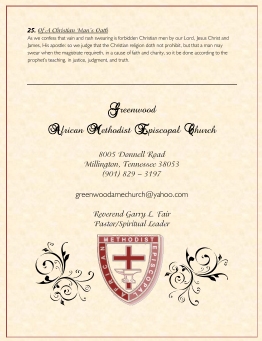

The AMEC grew out of the Free African Society (FAS) which Richard Allen, Absalom Jones, and others established in Philadelphia in 1787. When officials at St. George's MEC pulled blacks off their knees while praying, FAS members discoveredjust how far American Methodists would go to enforce racial discrimination against African Americans. Hence, these members of St. George's made plans to transform their mutual aid society into an African congregation. Although most wanted to affiliate with the Protestant Episicopal Church, Allen led a small group who resolved to remain Methodist. In 1794 Bethel AME was dedicated with Allen as pastor. To establish Bethel's independence from interfering white Methodists, Allen a former Delaware slave, successfully sued in the Pennsylvania courts in 1807 and 1815 for the right to his congregation to exist as an independent institution. Because black Methodists in other middle Atlantic communities encountered racism and desired religious autonomy, Allen called them to meet in Philadelphia to form a new Wesleyan denomination, the AME.
The History of the African Methodist Episcopal Church
In Philadelphia, New York, Boston, Pittsburgh, Baltimore, Washington, DC, Cincinnati, Chicago, Detroit, and other large Blacksmith's Shop cities. Numerous northern communities also gained a substantial AME presence. Remarkably, the slave states of Maryland, Kentucky, Missouri, Louisiana, and, for a few years, South Carolina, became additional locations for AME congregations. The denomination reached the Pacific Coast in the early 1850's with churches in Stockton, Sacramento, San Francisco, and other places in California. Moreover, Bishop Morris Brown established the Canada Anual Conference.
The most significant era of denominational development occurred during the Civil War and Reconstruction. Oftentimes, with the permission of Union army officials AME clergy move into the states of the collapsing Confederacy to pull newly freed slaves into their denomination. "I Seek My Brethren," the title of an often repeated sermon that Theophilus G. Steward preached in South Carolina, became a clarion call to evangelize fellow blacks in Georgia, Florida, Alabama, Texas and many other parts of the south. Hence, in 1880 AME membership reached 400,000 because of its rapid spread below the Mason-Dixon line. When Bishop Henry M. Turner pushed African Methodism across the Atlantic into Liberia and Sierra Leone in 1891 and into South Africa in 1896, the AME now laid claim to adherents on two continents.
While the AME is doctinally Methodist, clergy, scholars, and
lay persons have written important works which demonstrate the distinctive theology and praxis which have defined the Wesleyan body. Bishop Benjamin W. Arnett, in an address to the 1893 World's Parliament of Religions, remined the audience of the presence of blacks in the formation of Christianity. Bishop
lay persons have written important works which demonstrate the distinctive theology and praxis which have defined the Wesleyan body. Bishop Benjamin W. Arnett, in an address to the 1893 World's Parliament of Religions, remined the audience of the presence of blacks in the formation of Christianity. Bishop
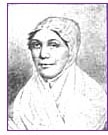
centric Christianity and African American churches for their shortcomings in fully impacting the plight of those oppressed by racism, sexism, and economic disadvantage.
Today, the African Methodist Episcopal Church has membership in twenty Episcopal Districts in thirty-nine countries on five continents. The work of the Church is administered by twenty-one active bishops, and nine General Officers who manage the departments of the Church.
Today, the African Methodist Episcopal Church has membership in twenty Episcopal Districts in thirty-nine countries on five continents. The work of the Church is administered by twenty-one active bishops, and nine General Officers who manage the departments of the Church.
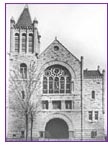
man. In the post- Civil Rights era theologians James H. Cone, Cecil W. Cone and Jacqueline Grant who came out of the AME tradition critiqued Euro-
There is a book published every four years by the AME church and is titled The Doctrines and Discipline for the African Methodist Episcopal Church, or The Discipline. This book outlines the structure and guidelines of the AME church.
I believe in God the Father Almighty, Maker of heaven and earth, and in Jesus Christ his only son our Lord who was conceived by the Holy Spirit, born of the Virgin Mary, suffered under Pontius Pilate, was crucified, dead; and buried. The third day he arose from the dead' he ascended into heaven and sitteth at the right hand of God the Faher Almighty; from thence he shall come to judge the quick and the dead. I believe in the Holy Spirit, the Church Universal, the communion of saints, the forgiveness of sins, the resurrection of the body and the life everlasting. Amen.
The Vision
The Purposes
The Objective
The Meaning of AME - African Methodist Episcopal
The Discipline
Apostle's Creed
From left to right:Reverend Eugene Brooks Jr. - Reverend Walter Perkins -
( Ministerial Staff)
( Ministerial Staff)
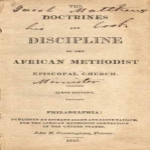
"Reflection on Our Heritage"
"Greenwood Church originated as a brush arbor church north of Mulberry Road in either 1874 or 1878. A wood frame building which faced the east was constructed. At that time, Mulberry Road was a long, steep dirt road. However, due to the difficulty in reaching the church grounds, the building was torn down in 1924 and the lumber was used to construct a new church at the current site of the Greenwood A.M.E. Church at 8005 Donnell Road, a more accessible location.
The Church & Cemetery
"John Wesley was an industrious man, short in stature and tall in character. Because of maltreatment, John Wesley escaped from the Sanderlin farm and settled on the Donald Stewart farm, thereby taking the name John Wesley Bledsoe Sanderlin Stewart. At some interval between 1850 and 1859, Mary Hill, daughter of George Hill met John Wesley Bledsoe Sanderlin Stewart and they were eventually married in mid 1850. They were blessed with serveral children.
The Stewart children were educated by a white circuit teacher who came from the north on horseback- Mr. William Marion. He went from house to house teaching and living with families in the community. Each Stewart child received a liberal education because his home was frequented by Mr. Marion. Eventually, their father had the foresight and courage to petition for the first public school in north Shelby County. The petition was accepted and the crude school was built on a hill where old Greenwood Church, the church to which the Stewart family belonged, once stood.
The Stewart children were educated by a white circuit teacher who came from the north on horseback- Mr. William Marion. He went from house to house teaching and living with families in the community. Each Stewart child received a liberal education because his home was frequented by Mr. Marion. Eventually, their father had the foresight and courage to petition for the first public school in north Shelby County. The petition was accepted and the crude school was built on a hill where old Greenwood Church, the church to which the Stewart family belonged, once stood.
Please visit the Historic Archives of Rosemark & Environs, Inc., located at 6177 Mudville Road, Millington, Tn 38053, for more information about the history of Greenwood AME Church and it's members.
Information Source: "An Illustrated History of the People and Towns of Northeast Shelby County and South Central Tipton County. Please visit the website below for information on how you can purchase a copy of the book.
http://rosemarkhistorybook.com/
Information Source: "An Illustrated History of the People and Towns of Northeast Shelby County and South Central Tipton County. Please visit the website below for information on how you can purchase a copy of the book.
http://rosemarkhistorybook.com/
The Twenty-Five
Articles of Religion
Articles of Religion
The History of the African Methodist Episcopal Church


The Discipline


Greenwood Cemetery is located west of Austin Peay Highway south of the Tipton/Shelby County line.
There is a private road, named after John Everett Strong, Sr., on which the the cemetery can be reached and is still in use today. While many of the markers there do not have dates, some graves indicate birth dates before the Emancipation Proclamation, including Millie Stewart (1821-1916); others go back to 1881. A complete census is available on Cemetery CD."
There is a private road, named after John Everett Strong, Sr., on which the the cemetery can be reached and is still in use today. While many of the markers there do not have dates, some graves indicate birth dates before the Emancipation Proclamation, including Millie Stewart (1821-1916); others go back to 1881. A complete census is available on Cemetery CD."
Please download the Greenwood AME Church file below to view images and learn more about Greenwood's history and the Greenwood Cemetery Surnames.
Information Sources: (Historic Archives of Rosemark and Environs, Inc.)
The Stewart fiber is strong. As we grow older, we realize we have much for which to be thankful. We are scattered throughout the United States and some are in foreign countries, but our feet are planted deeply in the soil of Shelby County, Tennessee. The ties with family and state are causes for a yearly tribute to our only living aunt of Stewart stock and to make merry with relatives, friends and acquaintances with whom we grew up but see only on these occasions. Thus, we, as well as our children, will come to know our roots. [Reflections of Our Heritage by Aunt Carrie Stewart, edited by Ruthie Campbell Strong.]
Both the Stewart and Strong families have been members of the Greenwood Church since 1874.
Ruthie Campbell Strong has been an active member of Greenwood AME Church for over 60 years and remains so today."
Both the Stewart and Strong families have been members of the Greenwood Church since 1874.
Ruthie Campbell Strong has been an active member of Greenwood AME Church for over 60 years and remains so today."

"Reflection on Our Heritage"
The Church & Cemetery
Click on Reflections of Our Heritage to learn more.
Click here to view the Structure of the AME Church.
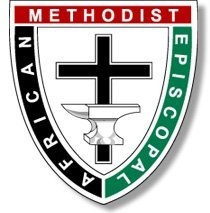
Benjamin T. Tanner wrote in 1895 The Color Of Solomon - What? that biblical scholars wrongly portrayed the son of David as a white

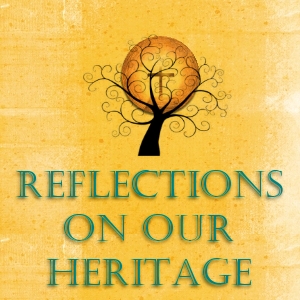

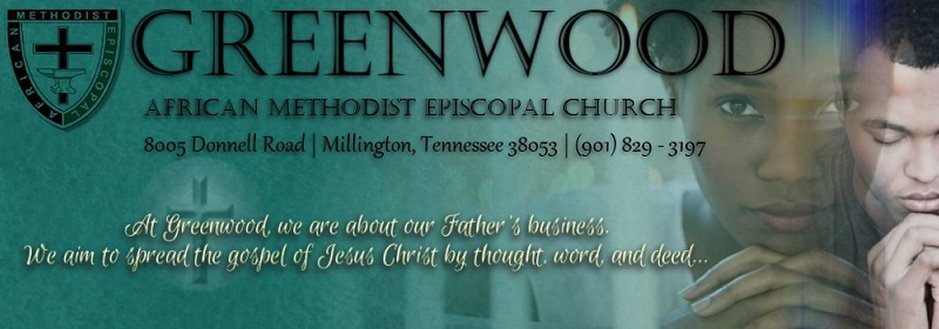

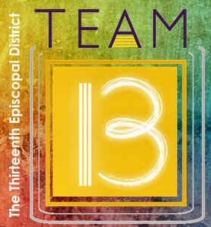
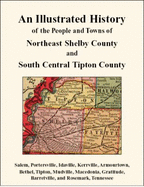
Order your copy of An Illustrated History of the People and Towns of Northeast Shelby Cont and South Central Tipton County.
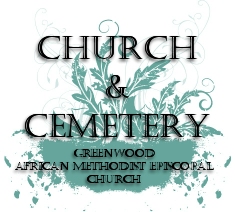
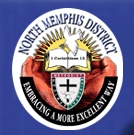
Greenwood's Pastor & Ministerial Staff
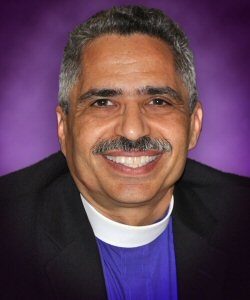

Greenwood African Methodist Episcopal Church name and all associated logotypes are owned by Greenwood A.M.E. Church.
